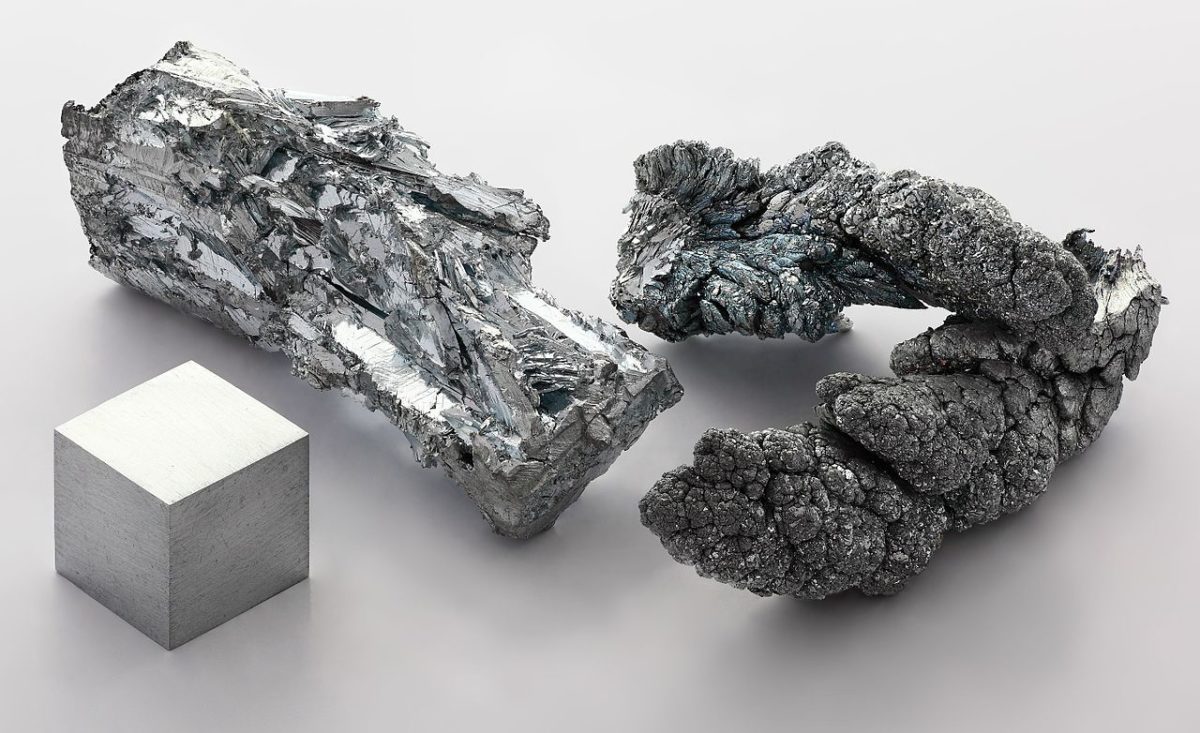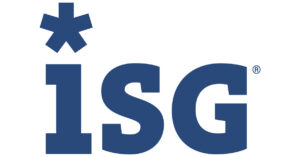
Zinc batteries: Old technology brings new values
In battery storage, there is no type of silver bullet chemistry and when we move towards a more ambitious destination destination, the space is made for a diverse system. As old technology with new vitality, zinc-based batteries creep closer to commercialization, utilizing their unique abilities to be configured for short and long duration operations. They are safer, more durable and, in some cases, reportedly up to 50% cheaper than lithium-ion batteries and, following the progress of the recent game change, the prospect of zinc looks much more interesting. PV magazine sits with the newly established global zinc battery initiative manager, Josef Daniel-IVAD, to discuss the position and development of the technology market.
Can you tell me about the Zinc Battery Initiative and why it was established?
This initiative is a consortium of battery companies and stakeholders who use zinc-based battery technology, because we realize that it is very important to have a public voice to represent this industrial sector.
We have a very broad spectrum of members with different approaches and we believe it is better to have a platform with different choices, almost like the menu, so you can choose what suits your needs. And from what we hear, everyone wants safety and now, with the problem of supply chain and EV that is so successful, it is not practical to just rely on lithium.
What advantages do zinc batteries offer over other chemistries?
Zinc is very flexible and you can apply it to all types of applications and configurations, starting from a very small format. We just had new members join, the energy trail, which made zinc batteries printed and they had found their niche in the tracking sensor and the Internet of Things. Before zinc, they tried using lithium-based technology in coin cells or other small formats but with lithium, there were so many packaging needed to ensure security. So, in the same volume, zinc-based technology is almost 10 times better than lithium. Of course, in terms of energy density, Lithium took victory.
At the other end of the spectrum, if we see a large-scale application, there is a flow-zinc battery. One of our members, Australian-based Redflow, has just completed the installation of the Zinc-Bromine 2MW system in California. We also have a zinc-water flow battery, as supplied by Zinc8 Canada, where your electrolyte tank size determines storage hours. So you can go to 10 or 50 hours, even 100 hours of storage, but after that it makes sense to consider hydrogen.
What other configurations are there to see in the market?
There is also a zinc battery using a low-cost manganese-based cathode. One of our other members, New York-based urban electricity, produces manganese-zinc batteries with alkaline electrolytes and the focus is on housing storage. Also, we have two more members who both see housing applications, Swedish-based energy and energy based in Canada, pursuing other ways to carry out manganese-zinc batteries. It is the latest approach in this chemistry, where manganese-dioxide is changed in a way that functions like a lithium-ion battery in mechanical terms and has zinc ions move forward and backward but with double the lithium. This technology can share production infrastructure with lithium-ion but it is a water-based system, so there is no need for dry space needed lithium-ion batteries because they do not tolerate moisture.
Also, there is a zinc-water battery. Unlike battery flow that requires pumps and more moving parts, Canadian-based e-Zinc has a system that uses containers that can measure from two to 50 hours of storage. Their system is based on gravity, with zinc produced at the top of the cell unit and moves to the bottom where it is used. We also have Enzinc Based U.S. among our members. They have commercialized zinc sponge electrodes and aims to enter the mobility market, for use in electronic bicycles, golf trains or small distance cars. In general, I think there is a great opportunity for zinc-based technology. We know it works but only needs to be applied and deployed on a scale.
So what does the future hold for zinc-based battery storage systems?
At present, market share of zinc-based technology is very small but we think it will go to around 25% in 2050. So based on Bloombergnef Neo 2020 forecasts [New Energy Outlook] for storage batteries, and [] Estimated Percentage of Zinc Market Share Based on Consultation With the French Avicenne Company Company, the Seng Energy Storage Market share is estimated to stand at 10% by 2030, 18% by 2050 in 2050.
Another interesting aspect in the supply chain can be completely westernized. Zinc is mined globally and refined in 50 countries so that supply is safe and conflict-free.



Average Rating